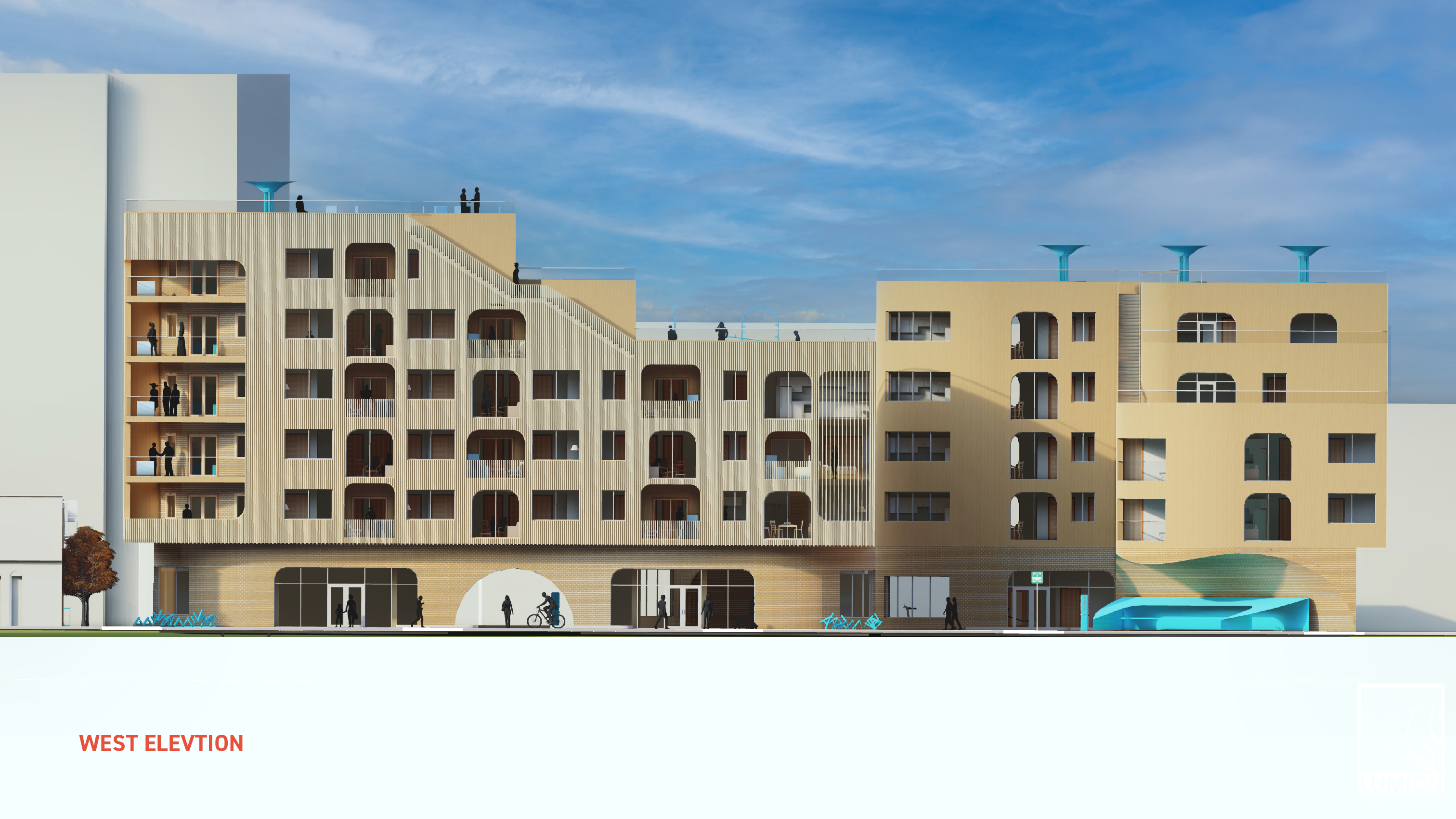PROFESSORS
CLAUDIA WIGGER,
CRAIG BORUM
STUDIO SECTION
SUGAR HILL
Sugar Hill is a two-block district in Midtown Detroit. It is currently home to a combination of residential, mixed-use, and arts-related businesses, and the Museum of Contemporary Art Detroit (MOCAD). But in the 1940s, 50’s and 60’s, it was the center of a growing music and entertainment district.
As part of that legacy it plays a significant role in the social history of Detroit as one of the only racially integrated neighborhoods where black and white musicians and patrons to co-mingle in an otherwise highly segregated urban landscape. Many of the nation’s most important jazz musicians, Billie Holiday, Count Basie, Muddy Waters, John Lee Hooker and countless others played in the clubs and stayed in the hotels that comprised the jazz district.
Yet today, the current landscape is associated more with parking lots than as a place unto itself. Seeing the economic development opportunities driven by the arts, the studio will look into potential for highlighting the area’s art and cultural heritage as a way to attract visitors and economic stimulus. “Sugarhill” will seek to establish new housing within the Sugar Hill Arts District that leverages programming, construction and design to create affordable, equitable and sustainable living and working opportunities for the growing community of artists and their families. This studio explores architectural strategies and tactics that reinforce affordability, diversity, and creative approaches to urban living.
︎︎︎BACK ︎
ELLIE ABRONS + MEREDITH MILLER
Austin Ehrhardt, Elizabeth Greene, Ye Wang
Zoë Faylor, Rosa Manzo, Anne Redmond
CRAIG BORUM + CLAUDIA WIGGER
Chun-Li (Julie) Chen, Megan Clevenger, Amber Klinger
Yuanyuan Cui, Danielle Weitzman, Jasmine Wright
LARS GRÄBNER + CHRISTINA HANSEN
Kayla Hawley, Kunshi Liu
Renwei Liu, Lu Li, Elizabeth Sinawe, Yujia Wang
KIT MCCULLOUGH + MICK KENNEDY
Jie Feng, Yuxin Ma, Joy Zou
Noelle Ridley, Sang Won Jee, Kael Finehout
STUDENT WORK
YUANYUAN CUI,
DANIELLE WEITZMAN,
JASMINE WRIGHT
“llw Wa”
Yoruba for 'our house,' the Ile Wa multifamily residence is the sum of three buildings situated within Detroit's Sugar Hill neighborhood across two Woodward connected sites. Our concept explores community and aesthetic form by:
1. Centering meaningful activity between longtime Detroiters, newcomers attending college, migrants, and residents who have lost housing.
2. Curve logics indicate communal activity: public, semi-public, and private gatherings.
3. Brighter-deeper rooms increase efficiency
4. A formal Gateway on ground floor filled with seasonal programing facilitates diverse activity formalized through furniture design.

















